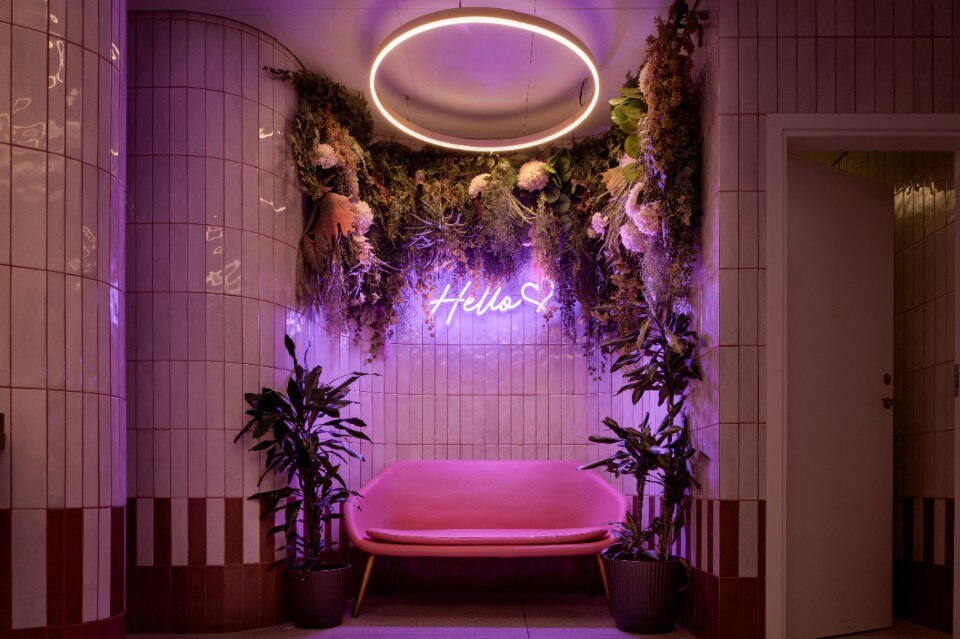On the occasion of the recent 2011 Art + Environment Conference, the Nevada Museum of Art in Reno presents examples from six participants in the exhibition Landscape Futures: Instruments, Devices and Architectural Inventions. Its guest curator, Domus contributor Geoff Manaugh, is already familiar with these liminal territories, having consistently featured this kind of propositional work for years on his site, BLDGBLOG (the title of the show itself is one of the site's three tag lines/domains of inquiry). It's increasingly less to see such hypothetical works physically gathered in one place; given the varying scale and intricacy of some of them, their place in an exhibition context at an innovative, cross-disciplinary institution like the Nevada Museum lends them more gravity, even an air of verisimilitude, than they may have separately or in digital isolation.
Above: View to the exhibition Landscape Futures at the Nevada Museum of Art; David Gissen's Museums of the City in right foreground. Photo courtesy Nevada Museum of Art.
Much as Metabolist megastructures and Archigram's walking cities were critical extrapolations of and responses to postwar urbanism, the projects in Landscape Futures are uncanny, with forms and functions conditioned by ecological rules under heavy revision.
Guest curated by Geoff Manaugh
On view through February 12, 2012
Nevada Museum of Art
160 West Liberty Street, Reno, Nevada

Design and ceramics renew a shopping center
FMG Fabbrica Marmi and architect Paolo Gianfrancesco, of THG Arkitektar Studio, have designed the restyling of the third floor of Reykjavik's largest shopping center. Ceramic, the central element of the project, covers floors, walls and furniture with versatile solutions and distinctive character.



